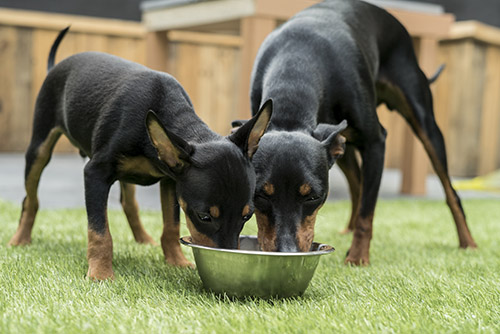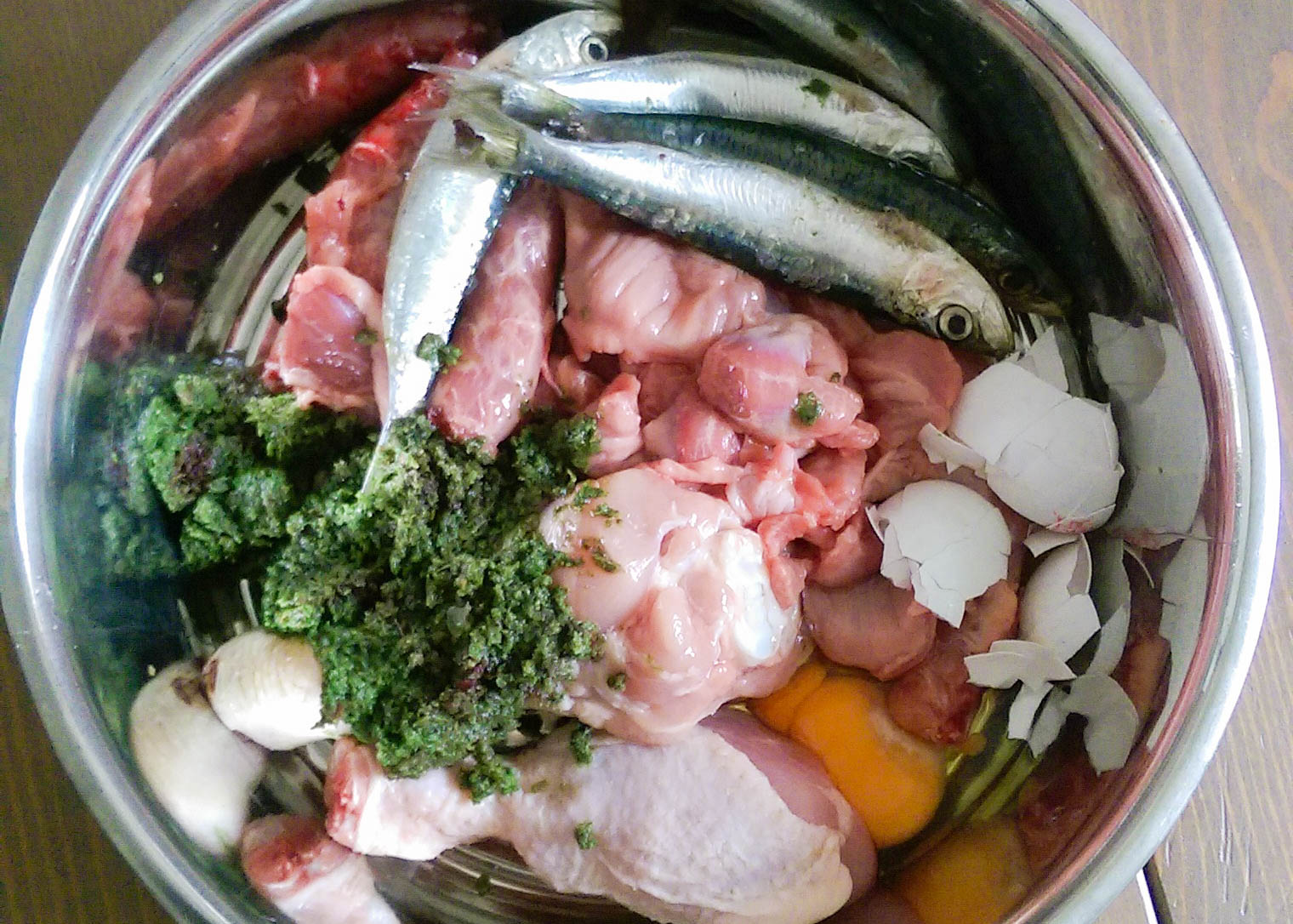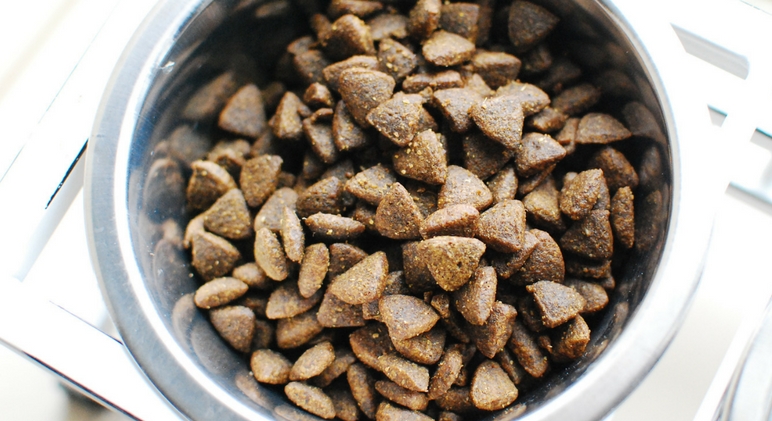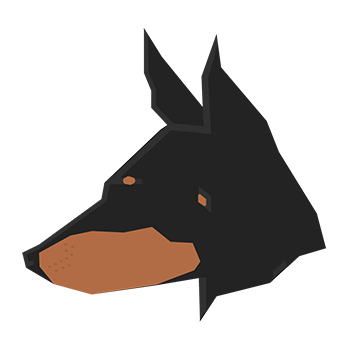Keeping your ETT fit and healthy starts with a healthy diet
You can expect an English Toy Terrier (Black & Tan) to live up to 15 years when properly cared for
Feeding & Nutrition
Puppies
To begin with, your breeder will give you some of the food your puppy has been eating and feeding schedule. It’s important to stick to it to avoid any upset stomachs.
You can change a puppy’s diet to whatever your preference, but this needs to be done gradually by mixing a small amount of the new food into with the old food and increasing slowly over at least a week.
If your dog develops an upset stomach, it’s best to put them back on their original diet and discuss things with your vet or breeder before attempting to change it again.

How often to feed my dog?
It’s best to feed a mature dog twice a day, once in the morning and then again in the evening. Puppies will need to be fed 3 times a day until they are mature.
What to feed my dog?
Puppies, adult and senior dogs have slightly different nutritional requirements. If you choose to feed dry food, look out for the correct food for your dog’s age.
Many brands, in addition to their adult dog foods, offer a puppy food and some offer a senior food. Transition your puppy onto adult food when they are 10-12 months old.
English toy terriers are a toy breed and must be fed a diet that’s suitable for a small dog.
Raw Feeding
Many English Toy Terrier owners feed their dog a BARF (Biologically Appropriate Raw Food) diet consisting of raw meat, fish, bone, offal and sometimes; fruits, vegetables and supplements.

Getting started with raw feeding is easy.
There are many online suppliers you can order from and have food delivered frozen. Many of these online suppliers also have physical shops where you can go for advice.
Search Facebook and Google to find a good supplier in your area.
Many brands offer ‘complete’ meals, taking the hard work out of getting balance between the right amount of meat, offal and bone.
Boneless beef mince and chicken wings from the supermarket are an easy place to start too if you want to do it yourself. Make sure your freeze any fresh meat before feeding, especially chicken. Raw food can be fed frozen or thawed.
If you require more information there are knowledgable friendly groups on facebook that can help.
Get Started with Raw Feeding PDF
View our quick start guide
Kibble & Dry Food
Other ETT owners feed high quality kibble formulated for a toy breed.

When feeding kibble, pay attention to the ingredients.
Look out for:
Desirable
- Single sources of protein
Look for specifics e.g. chicken rather than general meat - Whole meat source listed as 1 of the first 2 ingredients
- 80/20 diet – 80% protein, 20% fruits, vegetables and botanicals, 0% grain
- Whole vegetables, fruits, herbs, spices and botanicals
Undesirable
- Meat by-products and derivatives
- “General” animal fat source – look for specifics e.g. chicken fat or beef fat.
The more general the source, the more suspect the ingredient - Artificial preservatives
Including BHA, BHT, or ethoxyquin - Artificial colours & flavours
E numbers - Artificial texture enhancer propylene glycol
- Artificial sweetners
Corn syrup, sucrose, ammoniated glycyrrhizin, and other sweeteners are sometimes added to lower-quality foods to increase their appeal
Make a habit of reading the packet before purchasing, this also applies to treats.
Go for products with a high protein content and that are grain free.
These are good quality small kibbles suitable for an English Toy Terrier.
Remember when changing your dog’s food, at any age, introduce it slowly over the course of a week. The more gradually you do this, the less likely it is your dog will have an upset stomach.

Ask your Vet
If you’re not sure what diet is best for your dog, or your dog is suffering from a health issue, speak to your vet about food and nutrition.
They’ll be happy to advise you and recommend specific foods.
The recommendations made in this article do not replace the advice of your veterinary professional. Always exercise your own judgement about whether something is right for your dog and consult your vet if you are unsure. Englishtoyterrier.co.uk accepts no liability for any situation that may occur as a result of following these recommendations.





